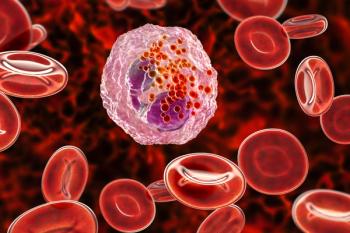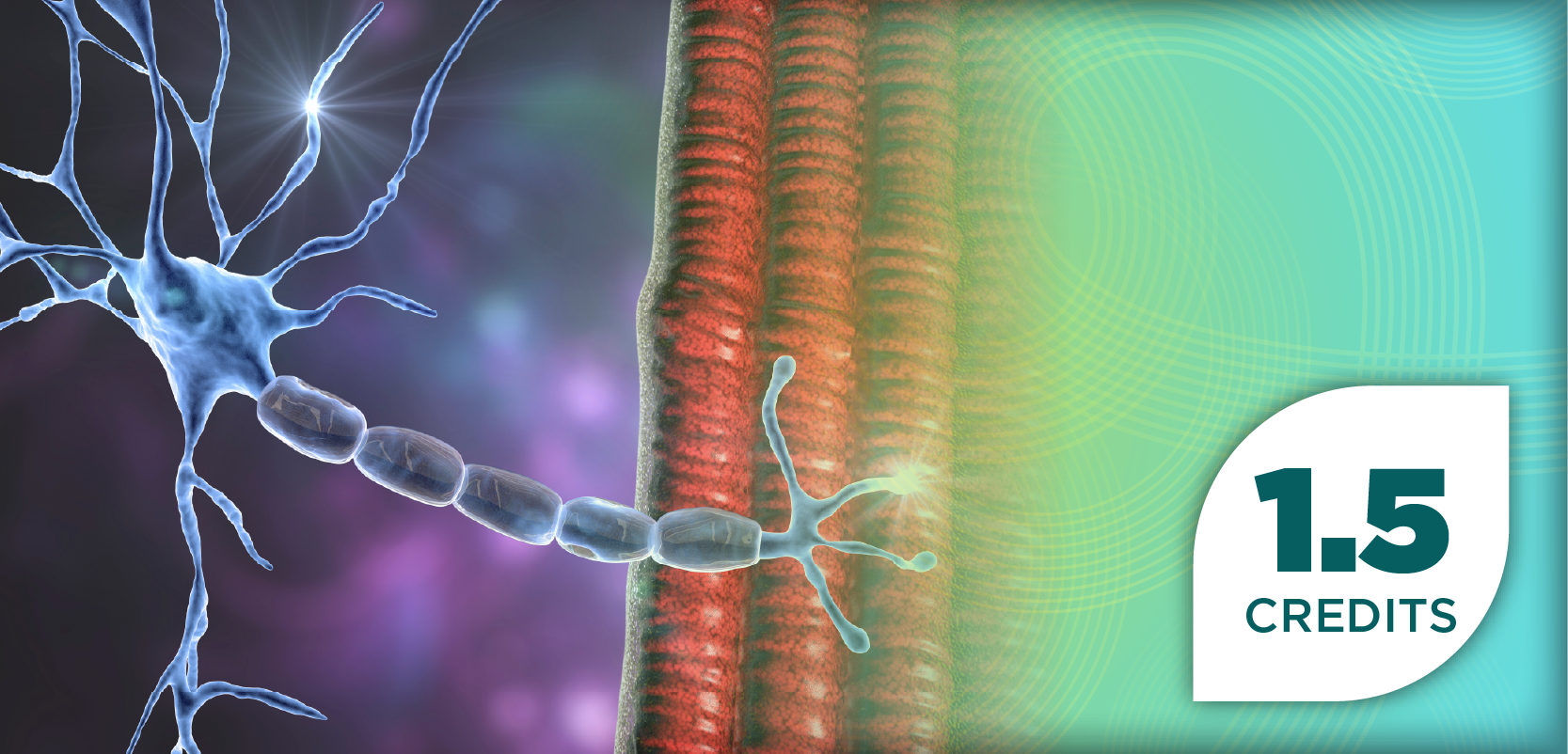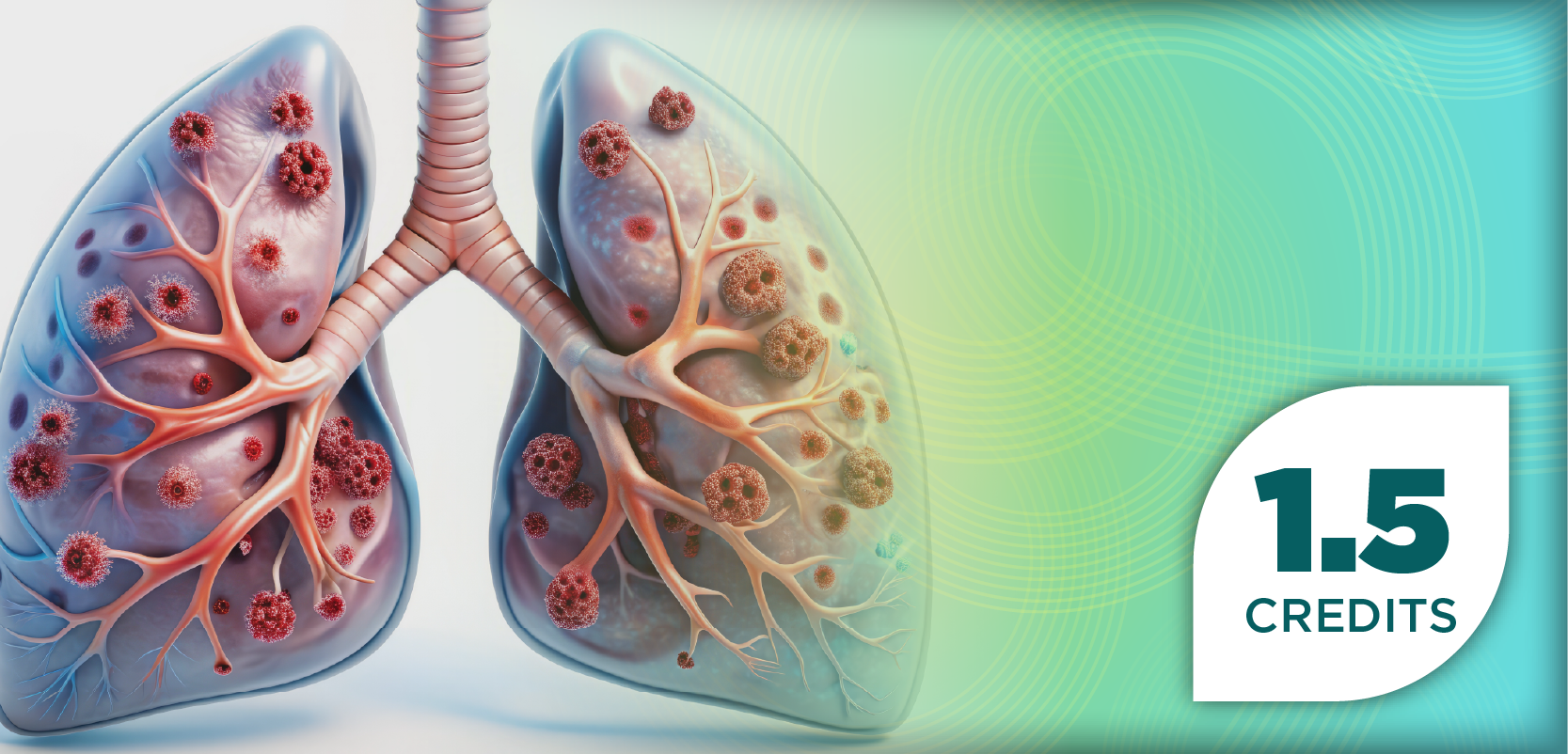
|Articles|October 12, 2021
Pharmacy Clinical Pearl of the Day: Familial Hypercholesterolemia
Author(s)Saro Arakelians, PharmD
People who inherit familial hypercholesterolemia from both parents usually develop symptoms in childhood.
Advertisement
Clinical Pearl of the Day: Familial Hypercholesterolemia
Familial hypercholesterolemia, is genetic disorder, causing having a very high cholesterol level, which affects the way the body processes cholesterol.
Insight:
- The genetic changes that cause familial hypercholesterolemia are inherited. The condition is present from birth, but symptoms may not appear until adulthood.
- People who inherit the condition from both parents usually develop symptoms in childhood. If this rare and more severe variety is left untreated, death often occurs before age 20.
- Symptoms may include negative impact on skin occurring on the hands, elbows and knees; thickening tendons, including the Achilles tendon; and it can affect the eyes.
- Familial hypercholesterolemia may be more common in certain populations, including Ashkenazi Jews, some Lebanese groups, and French Canadians.
- Diagnosis may include a cholesterol test and genetic test.
- Treatment may include statins, such as atorvastatin (Lipitor), fluvastatin (Lescol XL), lovastatin (Altoprev), pitavastatin (Livalo), pravastatin, rosuvastatin (Crestor) and simvastatin (Zocor), ezetimibe (Zetia) and PCSK9 inhibitors such as alirocumab (Praluent) and evolocumab (Repatha).
Sources:
Newsletter
Stay informed on drug updates, treatment guidelines, and pharmacy practice trends—subscribe to Pharmacy Times for weekly clinical insights.
Advertisement
Latest CME
Advertisement
Advertisement
Trending on Pharmacy Times
1
The ABCs of Vitamin D Supplements: Exploring Their Health Benefits and Proper Use
2
Occupational Factors Can Increase Risk of Long COVID
3
Aficamten Receives FDA Approval for Obstructive Hypertrophic Cardiomyopathy
4
FDA Expands Approval of Ferric Maltol to Adolescents, Addressing a Critical Gap in Iron Deficiency Care
5






































































































































































































